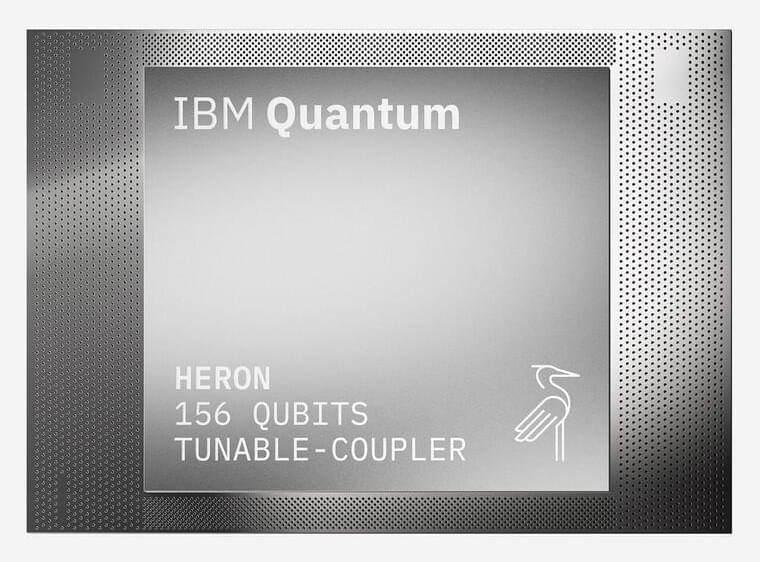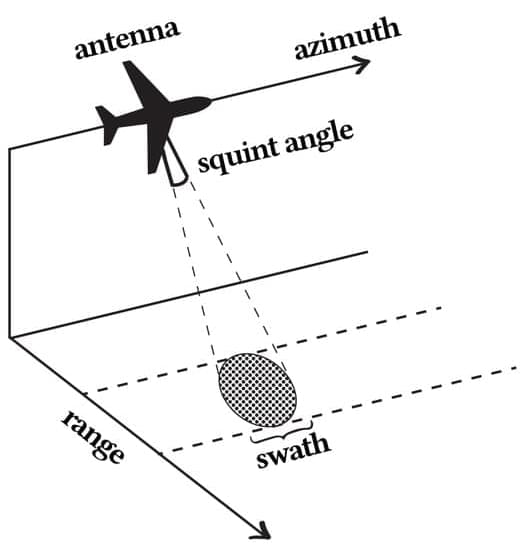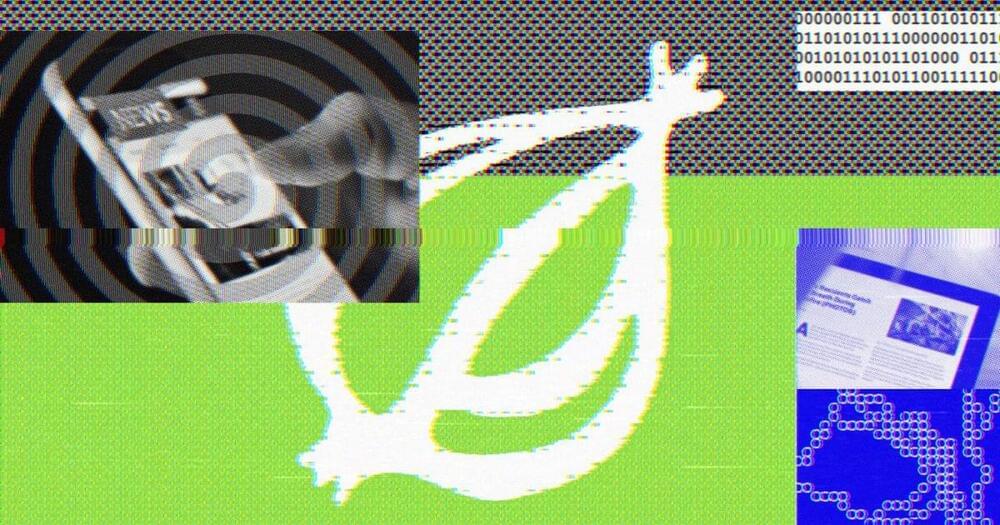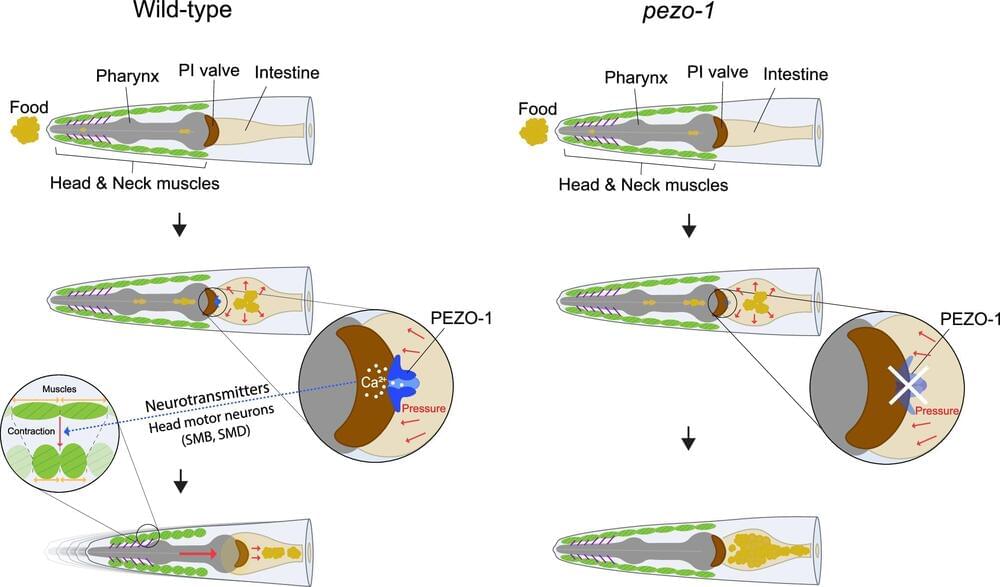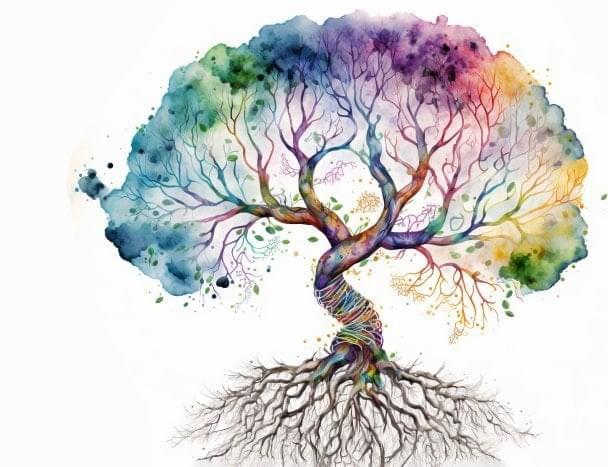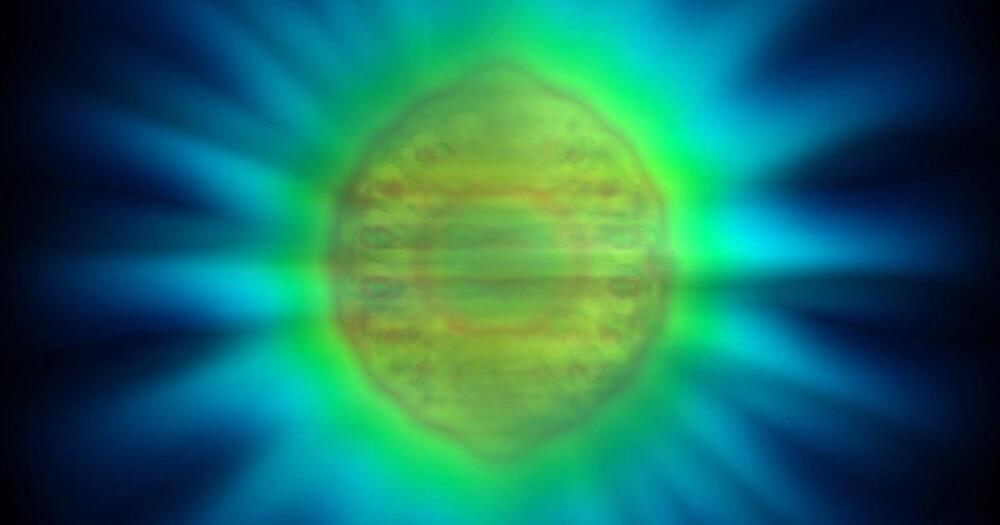Quantum computing and networking company IonQ has delivered a data center-ready trapped-ion quantum computer to the uptownBasel innovation campus in Arlesheim, Switzerland.
The IonQ Forte Enterprise quantum computer is the first of its kind to operate outside the United States and Switzerland’s first quantum computer designed for commercial use.
According to IonQ, Forte Enterprise is now online, servicing compute jobs while performing at a record algorithmic qubit count of #AQ36. The number of algorithmic qubits (#AQ) is a tool for showing how useful a quantum computer is at solving real problems for users by summarizing its ability to run benchmark quantum algorithms often used for applications.

